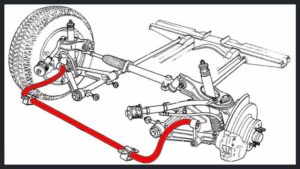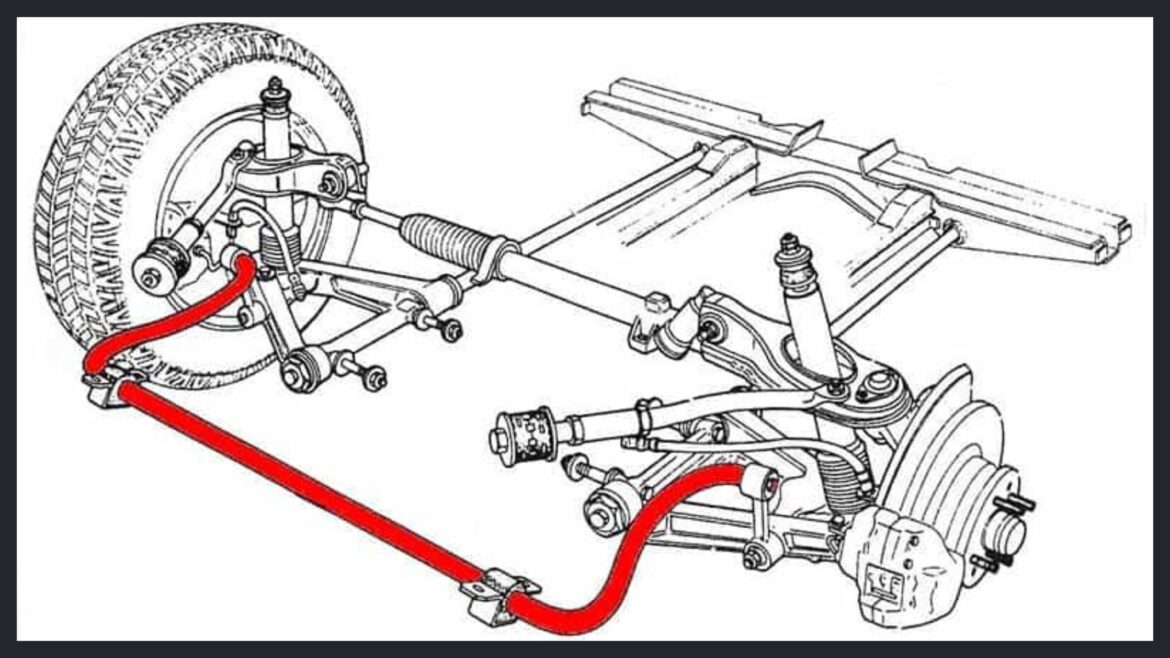
How a Car Suspension System Works
In this article, we will discuss car suspension systems. After reading this, you will understand the purpose of a suspension system, the main parts of a suspension, and how a suspension system works.
What does a car suspension do? A car’s suspension system is responsible for ensuring that your car drives straight and smoothly on the road without any jerks or discomfort. There are several components in the suspension system that make this possible: shock absorbers, springs, wheels, struts, and tires. If your car didn’t have a suspension system, your driving experience would be downright miserable.
We all rely on our suspension system to ensure our vehicle’s stability, especially when driving over uneven terrain. The suspension system ensures that your tires grip the road so your vehicle doesn’t swerve or pull side to side when driving in a straight line. This is important when driving over potholes, debris, and other unexpected obstacles in the road.
When your car hits a bump, the tires and wheels are the first to receive the energy. If it’s a small bump, the tire and wheel may be able to absorb most or all of the energy. But if the dent is larger or more severe, much of the energy is transferred to the vehicle’s internal frame.
The suspension system absorbs this energy and protects the frame – the frame that supports the interior of the vehicle where the driver and passengers sit.
Without the suspension system, this energy would throw all occupants around inside the vehicle. It would be like being run over by a go-kart. There is often a way to determine if a suspension component is faulty because the symptoms will be apparent while driving.
How a car’s suspension system works
A car’s chassis consists of the wheels, tires, suspension system, and steering system. The suspension system consists of stabilizers, springs, and dampers.
Springs are the most important component of the suspension system. They basically support the entire weight of the vehicle, including the weight added by passengers and the driver. The springs also keep the frame high enough off the ground to provide a smooth ride for the occupants.
Most vehicles are equipped with heavy-duty steel coil springs that absorb impact energy on difficult road surfaces. However, there are other types of springs available, including leaf springs, torsion bars, air springs, and hydraulic springs.
They basically serve the same purpose, but are designed for different sizes and classes of vehicles. All springs expand and then quickly compress again. This movement is controlled by a part called a damper. A typical vehicle is equipped with a strut or shock absorber that acts as a damper.
Shock absorbers, also known as shock absorbers, do exactly what the name suggests: they control and absorb the energy generated by the expansion and compression while the spring is moving. This keeps the tire on the ground without unintentional movement.
Struts are essentially shock absorbers and springs combined into one assembly. Some automakers consider this a more cost-effective option.
Finally, stabilizer bars keep both sides of the vehicle stable while driving. Stabilizer bars hold both sides of the suspension together to achieve this. Bushes and brackets are used to connect the stabilizer bar to the frame. The ends of the stabilizer bar are attached to control arms, which allow the vehicle to turn with less body tilt.
Modern Suspension Systems
Vehicles built in the last 20 years likely have active suspension, a type of suspension that is supported by computers and sensors built into the vehicle.
This is useful because the damping effect is automatically adjusted depending on the speed at which you are traveling. For this reason, driving in a modern vehicle should be easier and more comfortable than ever before.

